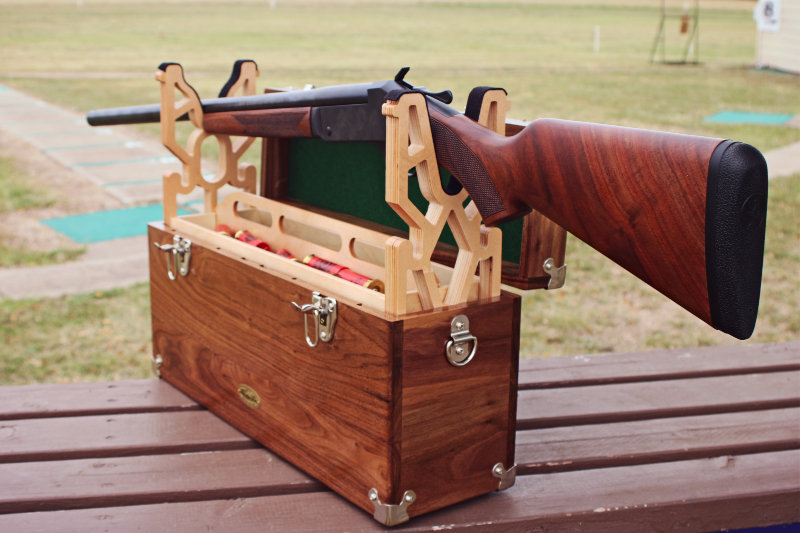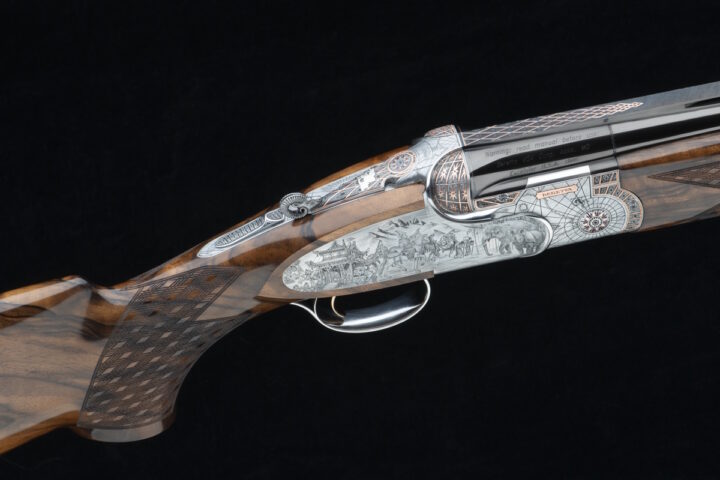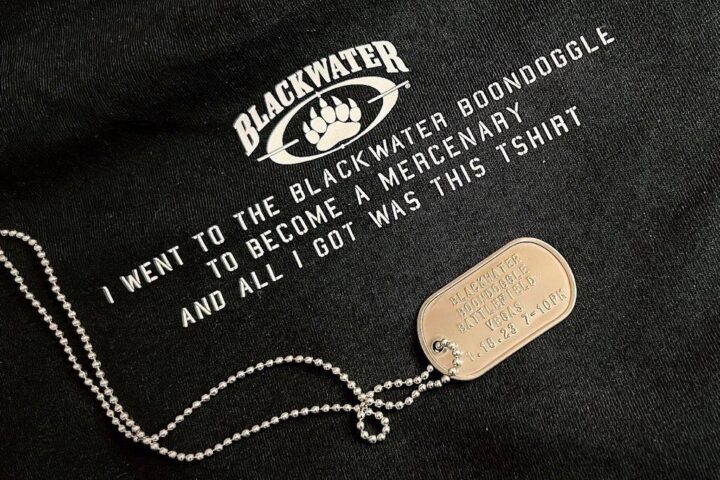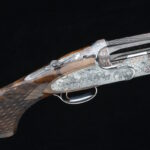If I said trapshooting, Henry Single Shot Shotgun isn’t likely to come to mind, but trap is one of my favorite forms of shooting sports; consistently hitting a fast-moving 4.25-inch clay disc as it flies through the air takes practice, discipline, and a very good shotgun. While most shooters prefer an over/under, so they can use the same gun for Skeet and Sporting Clays, others still like the multiple shots offered by a pump-action, but the single-shot Henry Rifles Shotgun that I have been testing out for the last few weeks as quickly become my favorite trap gun. The single shot forces me to slow down, take my time, and focus. It, like a good game of golf, is a cathartic escape from the frantic pace of modern life.
The Henry Single Shot Shotgun
After just a few shots with the Henry, I was dialed in and blasting clays out of the sky down at the local club. But beyond the function of the Henry Single Shot Shotgun, I was impressed with the overall quality of the firearm. From the solid feel when you snap the barrel closed to the beautiful American walnut, this break-top shotgun is a timeless classic. Offered in .410, 20, and 12 gauge, with a 28″ barrel on the 12 gauge and a 26″ barrel on the .410 and 20 gauge offers good reach in the field. These aren’t a budget shotgun, with the standard blued version starting at $448, but like all Henry firearms, this one is built to last and is the kind of shotgun you can pass down for generations. Henry offers removable chokes on all versions of their break-top shotgun, allowing a shooter to alter the pattern and range.
Shooting or hunting with a Henry Single Shot Shotgun is nostalgic and challenging; it is not so different than using 35mm film for photography today. It requires you to slow down, take your time, think about your shot, and focus in a way that you wouldn’t need to if you simply could just fire again if you missed. Trapshooting with a single shot makes you a better shooter, and I find I hit more clays when I know I only have one shot at each one.
Trapshooting was initially designed to replicate bird hunting so hunters could practice. It has been a sport since the 1700s, initially the sport used live pigeons as targets, but they were replaced with clays which is why the targets are referred to as “clay pigeons.” A pigeon would be placed in a small cage or “trap” and released as a target. In the 1860s, the first non-live targets were introduced, glass balls, but in the late 1800s, the clay pigeon was introduced, and a clay disc is still used today.
If you have never tried trap, skeet, or sporting clays, check out my introductory guide to sporting clays. You can always learn more from the national organizations HERE.























